Space Image of the Day Gallery (September 2018)
Image of the Day Archives

For older Image of the Day pictures, please visit the Image of the Day archives. Pictured: NGC 2467.
A 'Boomerang' in Space
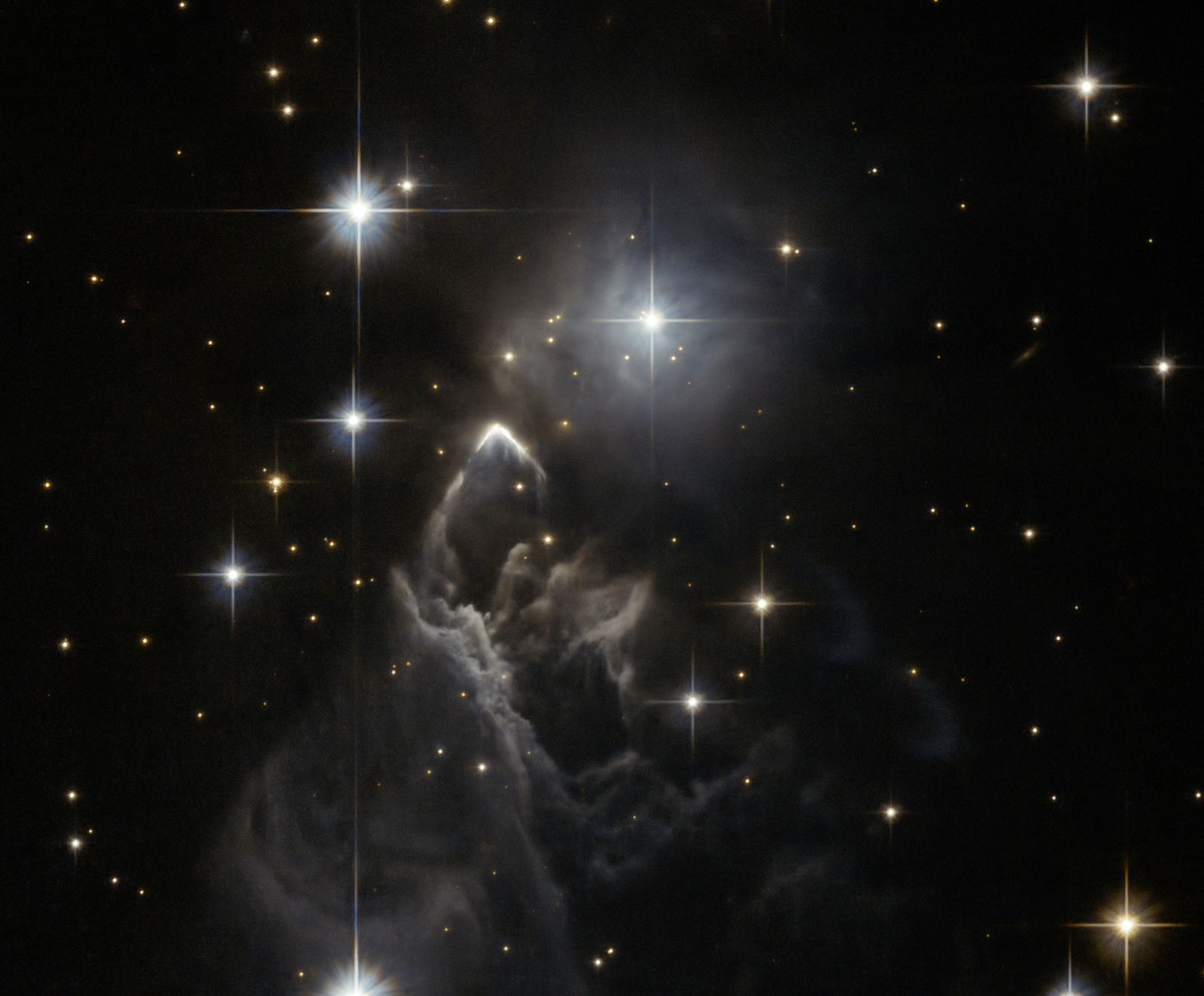
Tuesday, September 4, 2018: A bright, boomerang-shaped feature in this photo from the Hubble Space Telescope appears to be the result of a young, high-velocity star darting through cloud of interstellar dust and gas. Scientists believe that the star was ejected from the star cluster in which is was born and is barrelling through the nebula at speeds exceeding 124,000 mph (200,000 km/h). This little-known nebula, designated IRAS 05437+2502, is located about 380 light-years away from Earth in the constellation Taurus. — Hanneke Weitering
Comet 21P Zips Past Capella
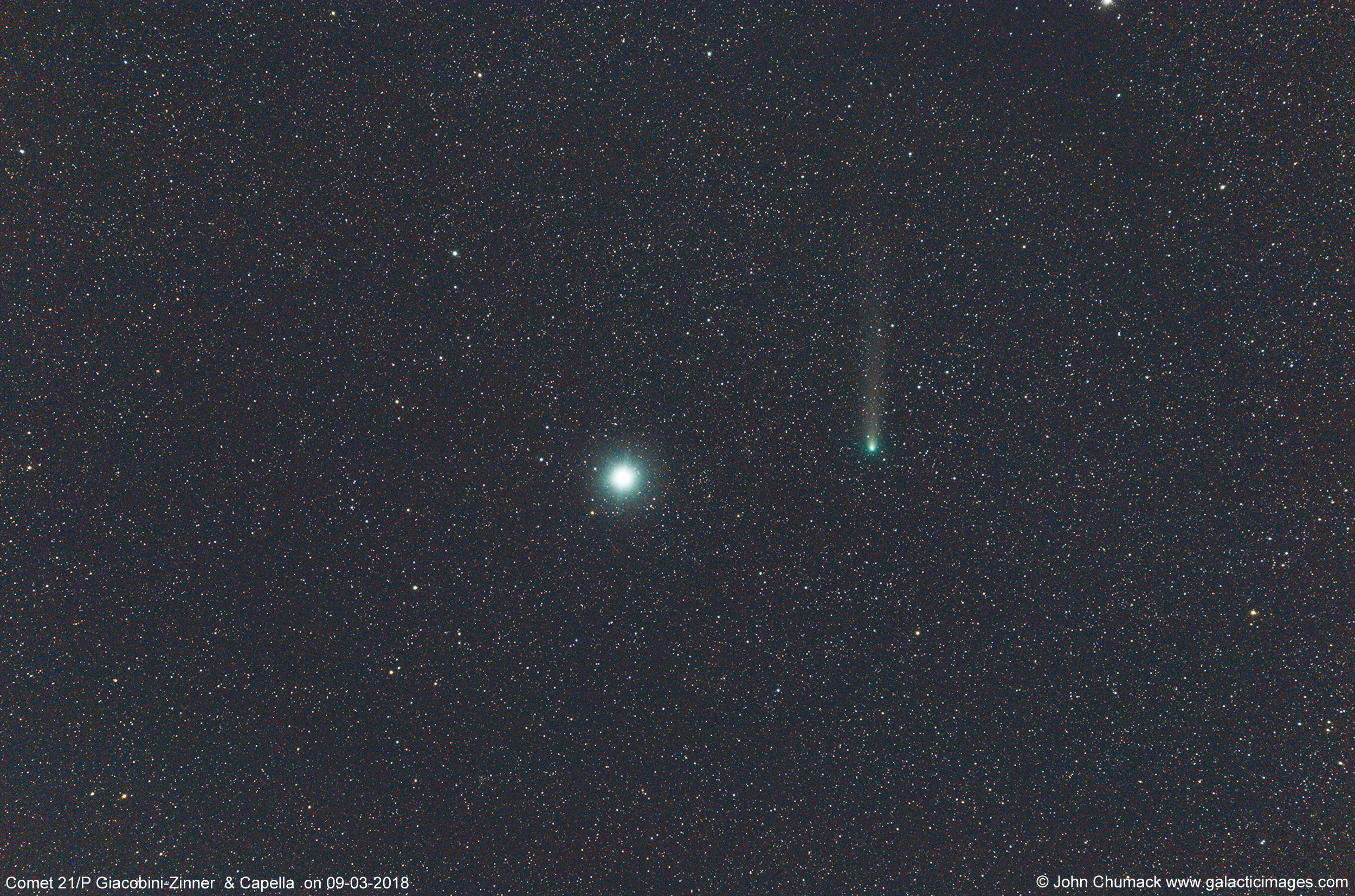
Wednesday, September 5, 2018: Comet 21P/Giacobini-Zinner passes by Capella, the "Goat Star," in this deep-space image by astrophotographer John Chumack. The bright-green comet, which will make its closest approach to the sun on Sept. 10, is currently visible with binoculars and small telescopes. Chumack captured this photo of the comet early Monday morning (Sept. 3) using a 300-millimeter telephoto lens. — Hanneke Weitering
'California Dreaming'
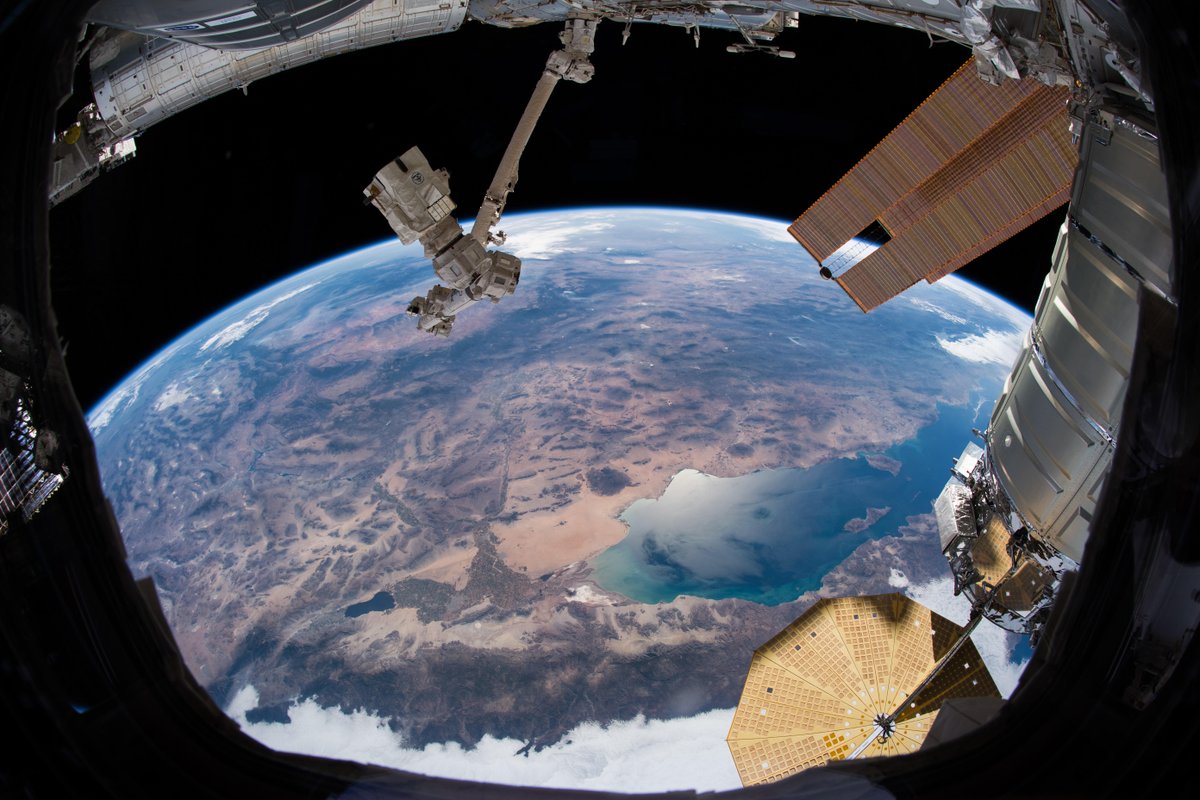
Thursday, September 6, 2018: The sandy desert of Baja California and the turquoise-blue waters of the Gulf of California provide a stunning backdrop to the Canadarm2 robotic arm in this view from a window of the International Space Station. Also visible on the right side of the frame is a visiting Cygnus cargo spacecraft, along with one of the station's enormous solar arrays. European Space Agency astronaut Alexander Gerst tweeted the photo yesterday (Sept. 5). "California dreaming," he wrote on Twitter. "One of my favourite orbits is down along the West Coast of USA, from Alaska to the Andes. We fly this route once a day." — Hanneke Weitering
'Shooting Stars' and Star Trails
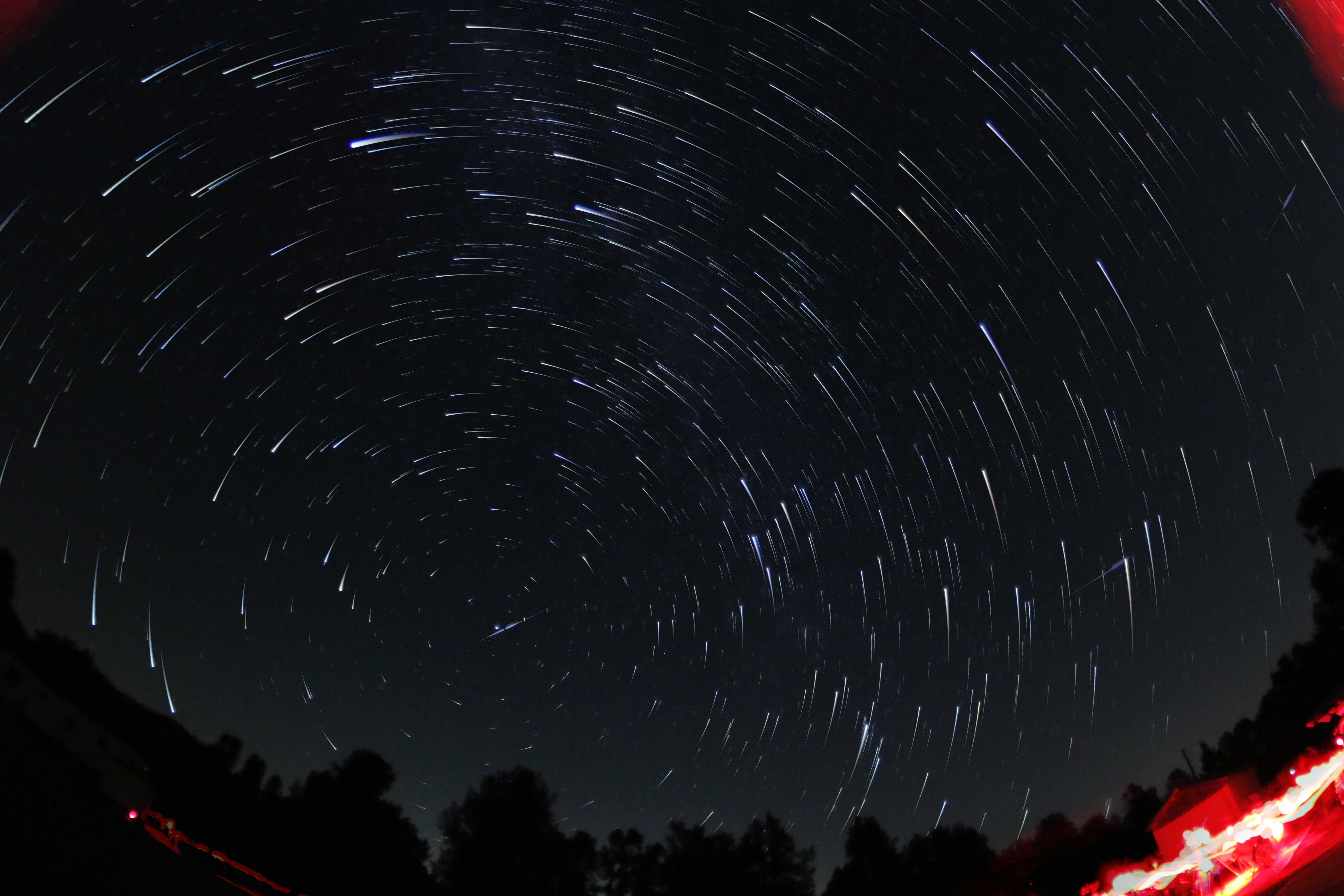
Friday, September 7, 2018: In this long-exposure photo of the night sky, a few oddball star trails don't follow the same circular path around Polaris, the North Star. That's because these are not actually stars but "shooting stars," or meteors that fell from space during the Perseid meteor shower, which peaked in mid-August. Astrophotographer Maxim Senin captured this photo from the Los Angeles Astronomical Society dark-sky site in Los Padres National Forest. — Hanneke Weitering
Hurricane Florence Seen from Space

Monday, September 10, 2018: Hurricane Florence rages in the Atlantic Ocean in this view captured from the International Space Station by NASA astronaut Ricky Arnold. The storm intensified overnight and was upgraded to a major Category 3 hurricane this morning. It is currently on track to make landfall on the U.S. East Coast this Thursday (Sept. 13). — Hanneke Weitering
Smoke Rises from Manhattan After 9/11 Attacks
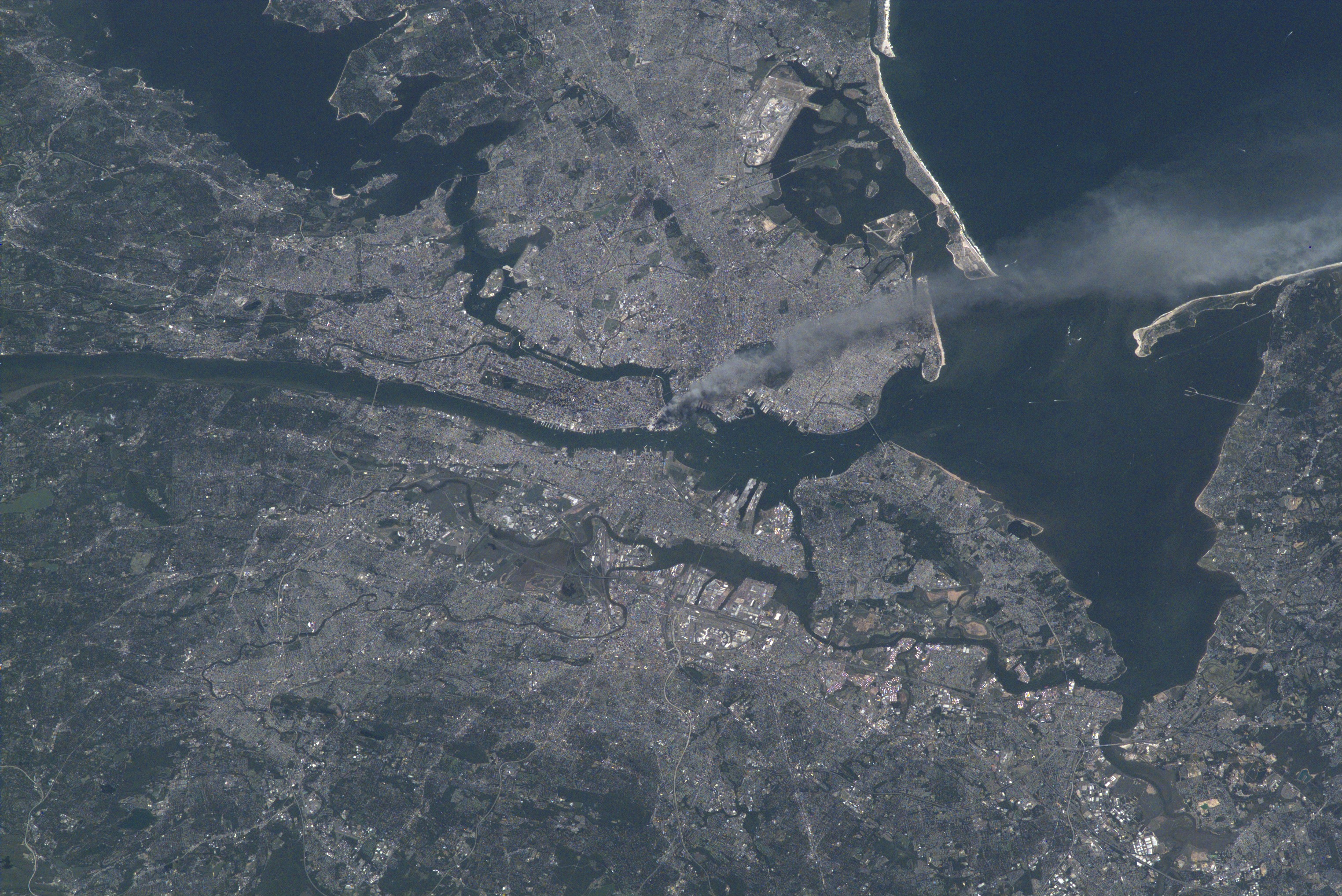
Tuesday, September 11, 2018: A smoke plume rises from lower Manhattan following the Sept. 11, 2001 terror attack on the World Trade Center. NASA astronaut Frank Culberson, the only American aboard the International Space Station at the time, photographed the tragic scene from space as the orbiting laboratory passed approximately 250 miles (400 kilometers) overhead. — Hanneke Weitering
Get the Space.com Newsletter
Breaking space news, the latest updates on rocket launches, skywatching events and more!
The Dumbbell Nebula
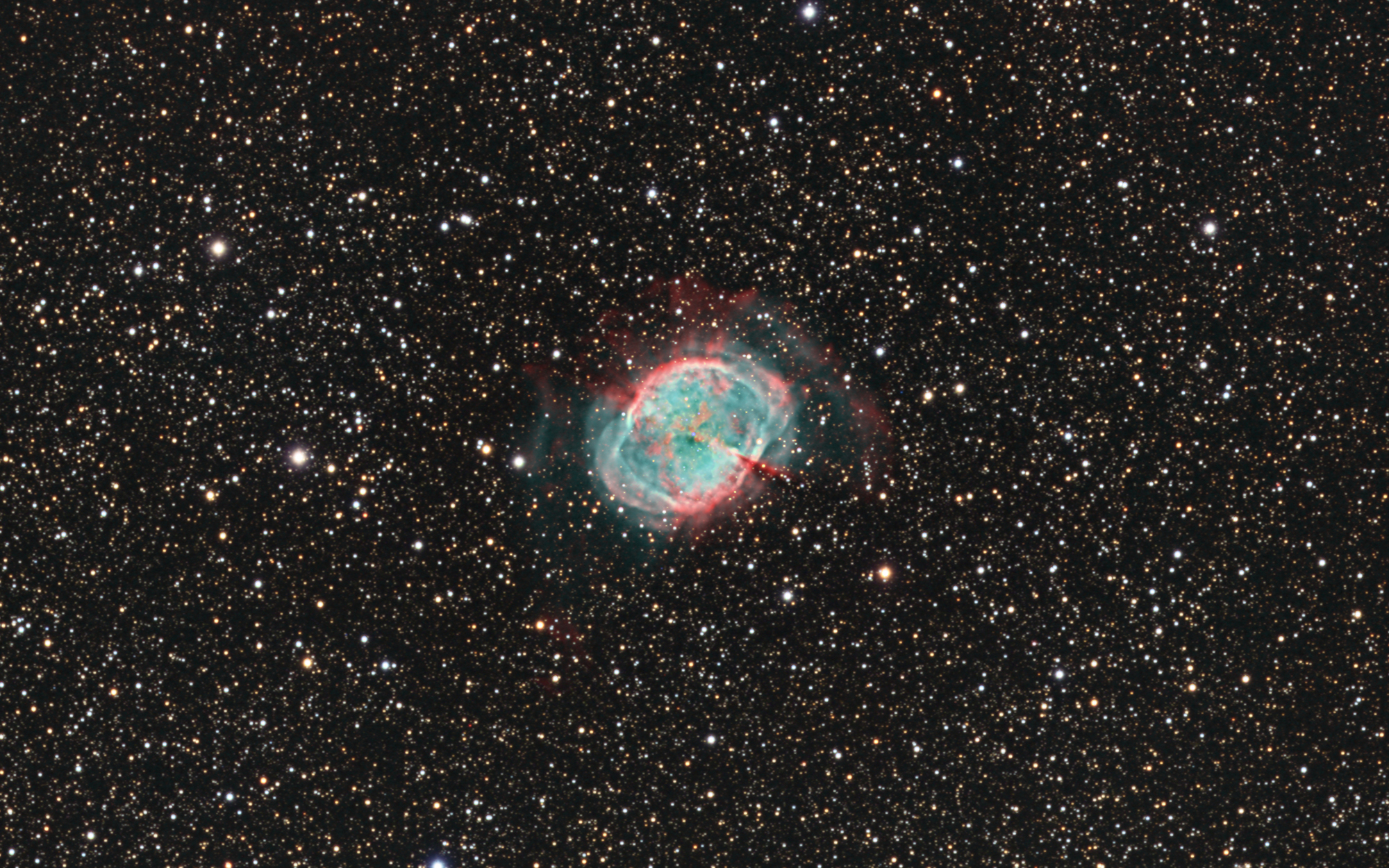
Wednesday, September 12, 2018: Glowing faintly some 1,360 light-years away in the constellation Vulpecula (the Fox) is a dumbbell-shaped cloud of cosmic dust and gas known as M27. Astrophotographer Ron Brecher created this image of the distant nebula using 25 hours' worth of data collected in July and August. — Hanneke Weitering
Storms on Jupiter
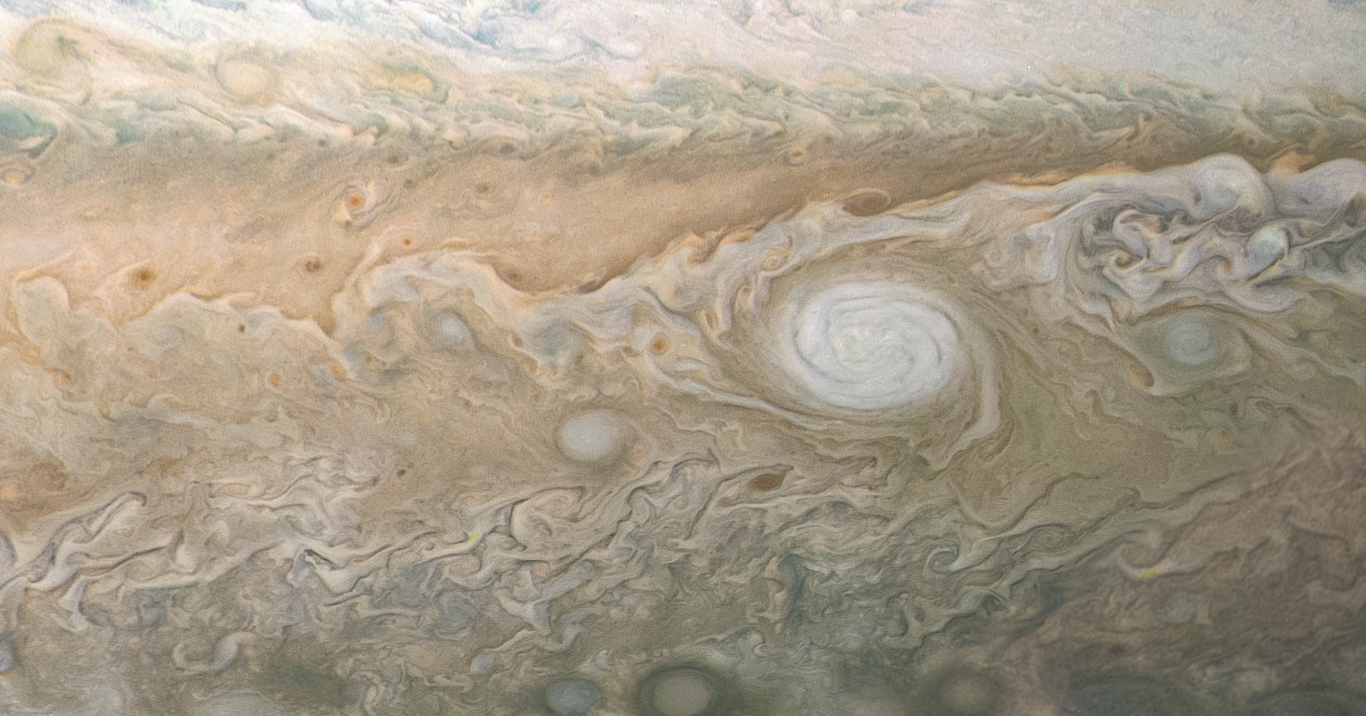
Thursday, September 13, 2018: While Earth is bracing for what could be a record-breaking hurricane season this year, Jupiter still holds the record as the stormiest planet in the entire solar system. Aside from its famous Great Red Spot, a 300-year-old anticyclone bigger than Earth, the gas giant is teeming with other storms far larger than anything we've ever seen on Earth, like this white oval storm spotted by NASA's Juno spacecraft. — Hanneke Weitering
'The Phoenix Dwarf'
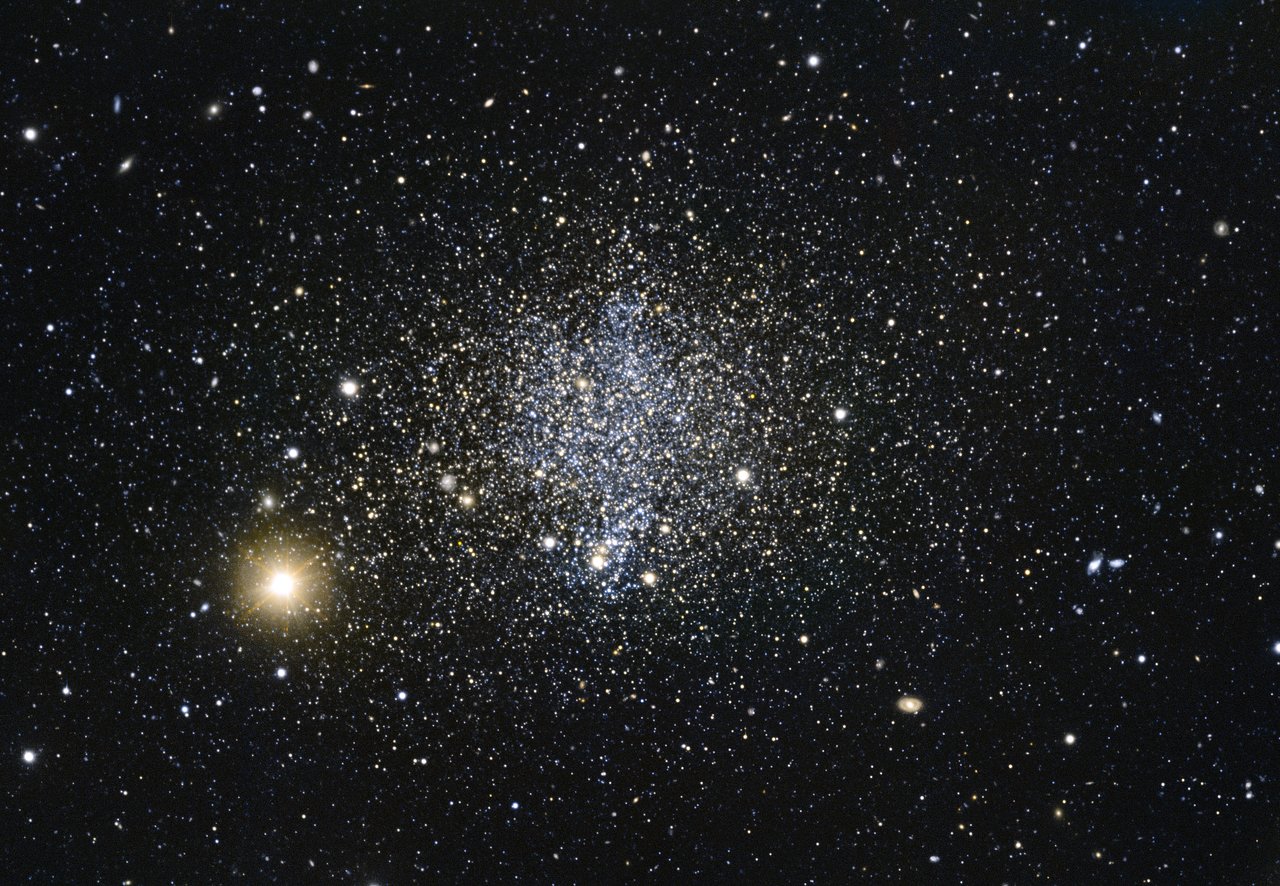
Tuesday, September 18, 2018: This strange galaxy, located 1.4 million light-years away from Earth in the Phoenix constellation, is known as the "Phoenix Dwarf." A galactic oddball, the Phoenix Dwarf doesn't fit into the usual classification scheme of galaxies. It has the shape of a spheroidal dwarf galaxy, but it also has a cloud of dust and gas where new stars are born. Spheroidal dwarf galaxies typically contain older stars and not much of the dust and gas required to form new stars. Astronomers at the Paranal Observatory in northern Chile captured this view of the Phoenix Dwarf using the Very Large Telescope array. — Hanneke Weitering
Lightning Under the Stars
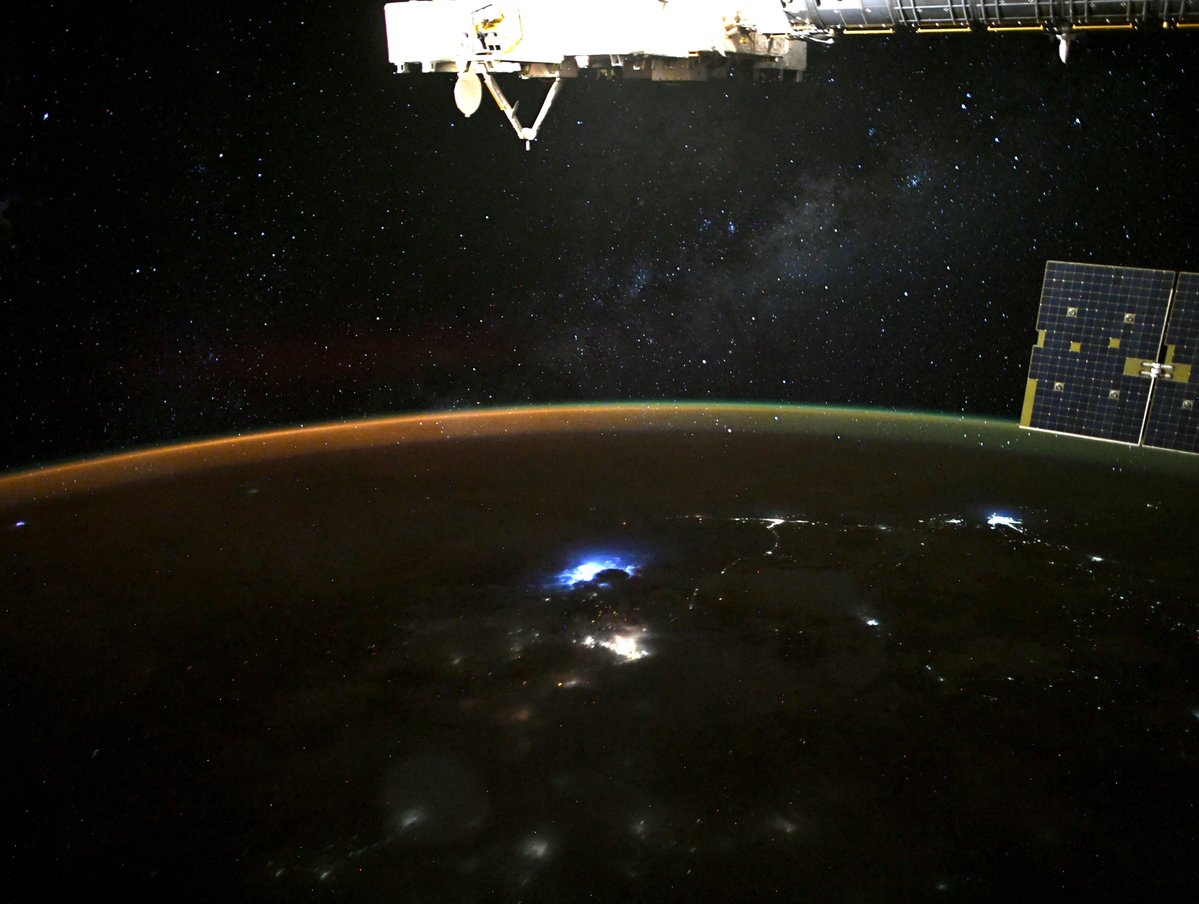
Wednesday, September 19, 2018: In this view from the International Space Station, lightning flashes down on Earth are juxtaposed against the vibrant stars of the Milky Way galaxy. When NASA astronaut Ricky Arnold tweeted the photo from space on Monday (Sept. 17), he called it "the wondrous interplay of the lightning below and heavens above." — Hanneke Weitering
Join our Space Forums to keep talking space on the latest missions, night sky and more! And if you have a news tip, correction or comment, let us know at: community@space.com.

Space.com is the premier source of space exploration, innovation and astronomy news, chronicling (and celebrating) humanity's ongoing expansion across the final frontier. Originally founded in 1999, Space.com is, and always has been, the passion of writers and editors who are space fans and also trained journalists. Our current news team consists of Editor-in-Chief Tariq Malik; Editor Hanneke Weitering, Senior Space Writer Mike Wall; Senior Writer Meghan Bartels; Senior Writer Chelsea Gohd, Senior Writer Tereza Pultarova and Staff Writer Alexander Cox, focusing on e-commerce. Senior Producer Steve Spaleta oversees our space videos, with Diana Whitcroft as our Social Media Editor.









